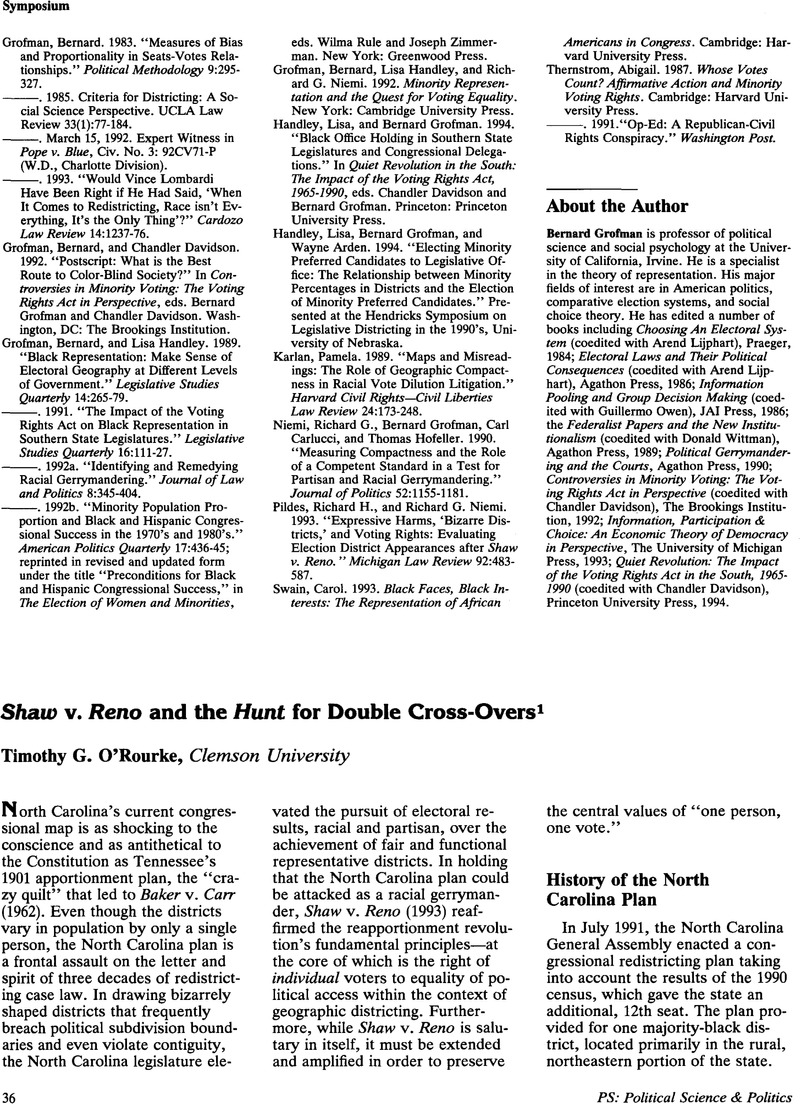Crossref Citations
This article has been cited by the following publications. This list is generated based on data provided by Crossref.
Smith, Michael A.
2001.
Minority Representation and Majority‐Minority Districts after Shaw v. Reno: Legal Challenges, Empirical Evidence and Alternative Approaches.
Politics & Policy,
Vol. 29,
Issue. 2,
p.
239.



